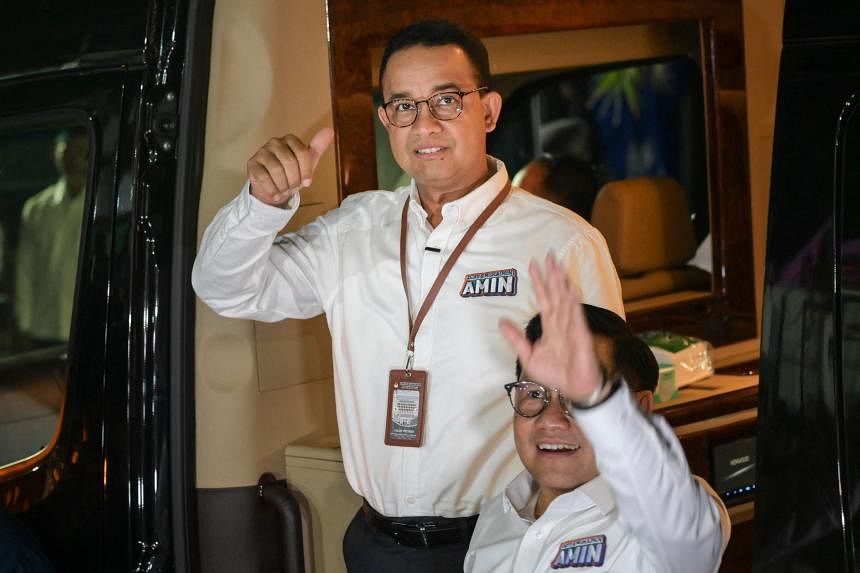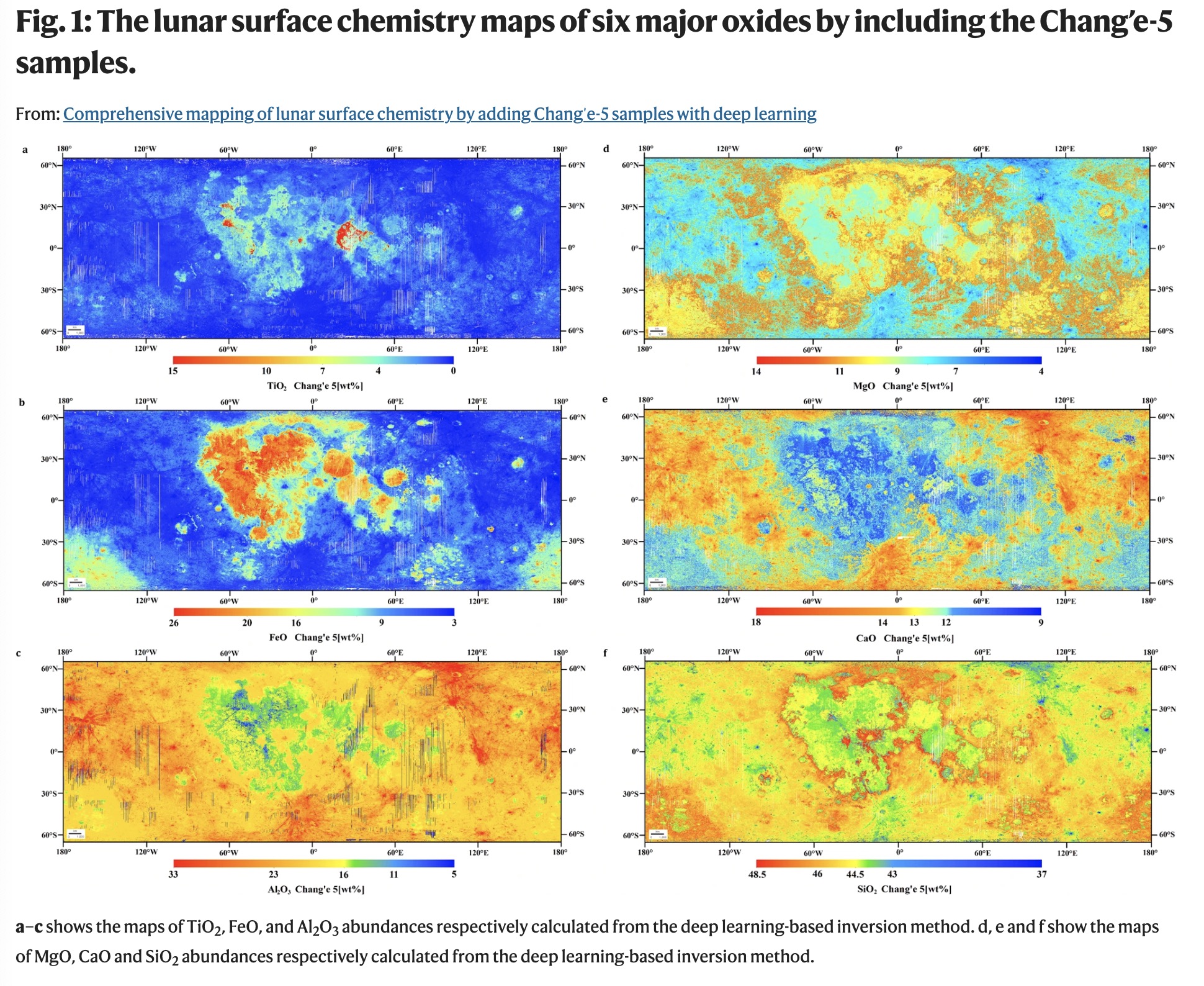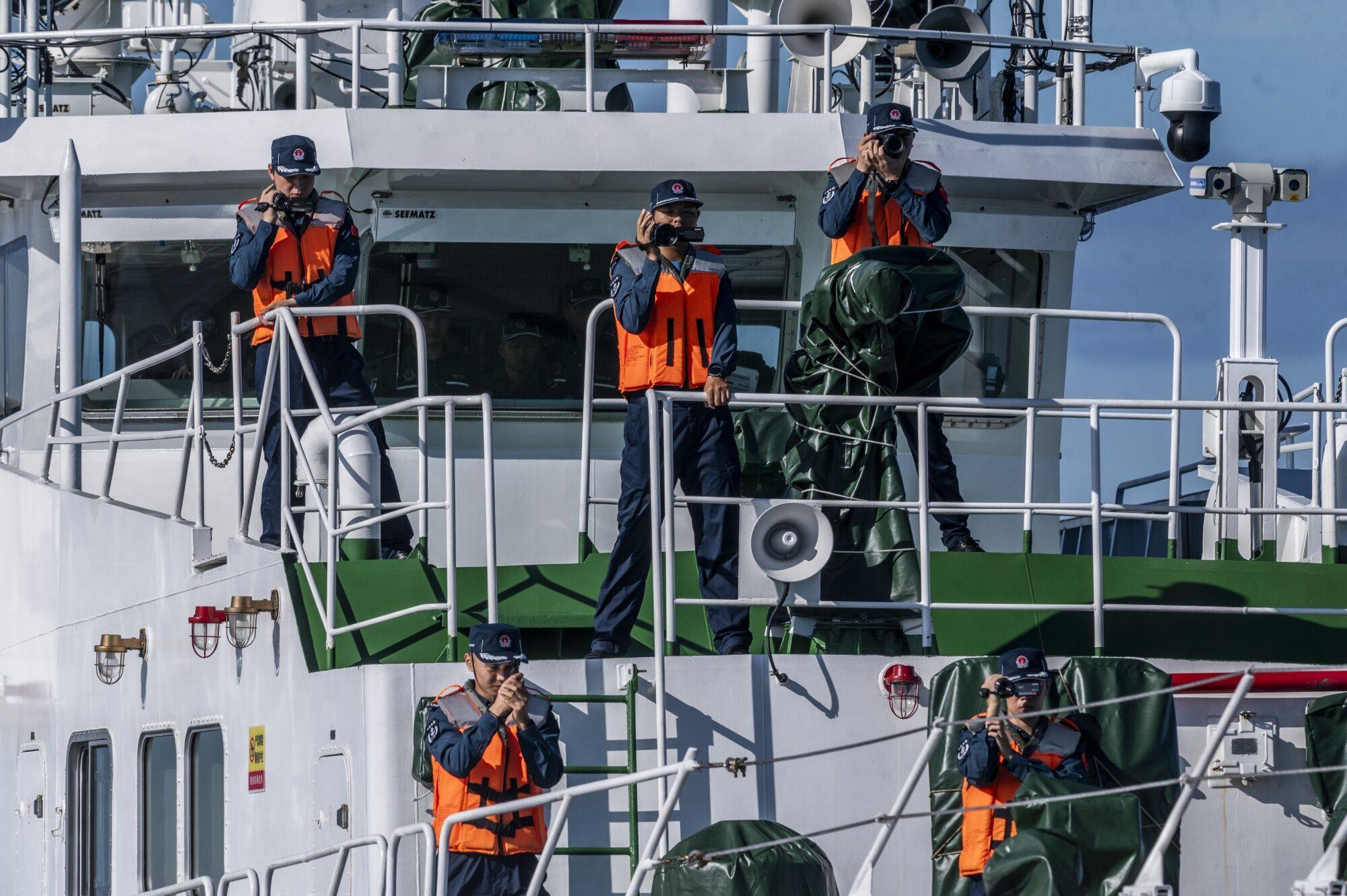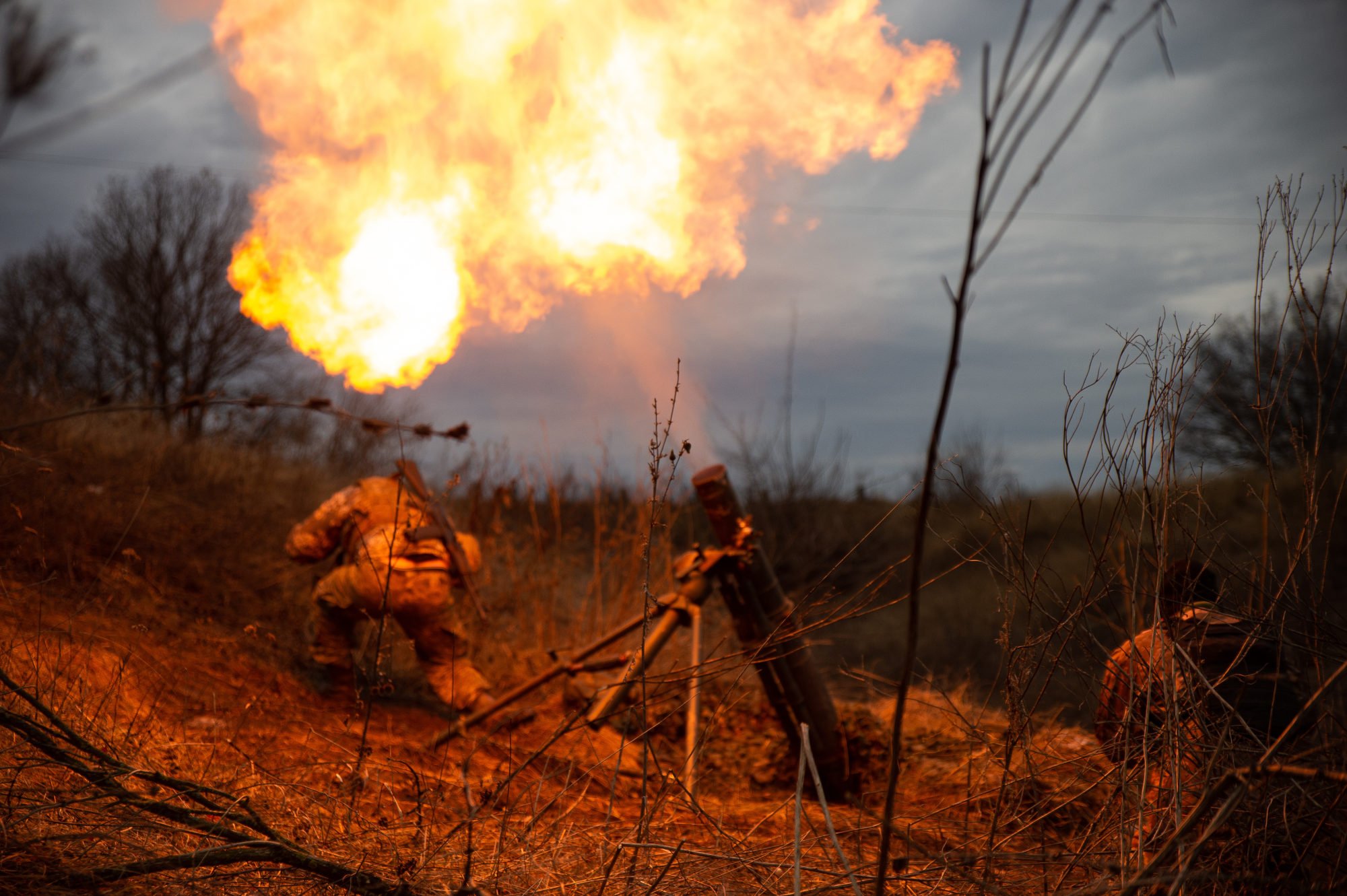Unknown Russian complex near Sevastopol creates strong interference
Recent satellite images shared on the social network, Twitter, appear to reveal an unidentified complex along the Crimean coast, specifically within the Sevastopol region, Obektivno.bg has reported. This complex is generating substantial interference. Notably, the scale of these activities is impressive. Interference signals have also been detected in the Yevpatoria region, pointing to the significant power of the equipment in use.
The European Space Agency’s Sentinel-1 satellite captured images on November 24, a fact that leaves experts baffled. The mystery lies in deciphering whether the images portray a radio-electronic warfare system or a high-intensity radar system.
The goal of this activity seems to be enhancing the robustness of defensive strategies against drone and maritime unmanned aerial vehicle [UAV] attacks from Ukraine. It can be inferred that these steps are predominantly targeted at bolstering the safeguarding of essential infrastructure and facilities on the peninsula.
Perhaps a radar system?
Don’t jump to the conclusion that the detected disturbances are indicative of a novel Russian radar system. There’s a reasonable likelihood that it’s an established radar system, but newly incorporated into Crimea’s air defense. This assumption becomes all the more plausible when you consider that the Black Sea Fleet’s headquarters are situated in Sevastopol, which was targeted, along with several Russian fleet submarines and boats.
Two radar systems from Russia, namely Voronezh – with its variations, Voronezh-DM and Voronezh-M – and Nebo-M, hold the capacity to thwart any attempts at “satellite capture” through their jamming capabilities.

Voronezh
Both modifications of Voronezh can make unusual interferences in a radius of more than 150 km. Voronezh-DM and Voronezh-M systems are capable of emitting powerful electromagnetic waves that can disrupt or interfere with nearby electronic devices and communication systems. The interference is caused by the radar’s transmission of high-frequency radio waves, which can create electromagnetic fields that interfere with the normal functioning of sensitive equipment within a 150 km radius.
The Voronezh-DM radar system, for example, operates in the decimeter wavelength range and is designed for long-range detection and tracking of ballistic missiles. Its powerful radar beams can cover a large area, and within a 150 km radius, the electromagnetic waves emitted by the radar can interfere with various electronic devices, such as radios, televisions, and even some communication networks. The interference occurs when the radar’s electromagnetic waves disrupt the normal transmission and reception of signals by these devices.

Similarly, the Voronezh-M radar system, which operates in the meter wavelength range, can also cause interference within a 150 km radius. This radar system is used for detecting and tracking various types of targets, including aircraft and ballistic missiles. The powerful radar signals emitted by the Voronezh-M can interfere with electronic systems and devices within its range, affecting their performance or even causing them to malfunction. The interference is a result of the radar’s high-power transmissions and the electromagnetic fields they generate.
Another radar system that can cause interference in a radius of more than 150 km is the Nebo-M radar. Nebo-M is a mobile three-dimensional radar system designed to detect and track aerial targets, including aircraft and missiles.

It has a range of several hundred kilometers and is capable of operating in a variety of weather conditions. The Nebo-M radar system is known for its advanced electronic countermeasures capabilities, which can disrupt satellite imagery and make it difficult to capture its exact location.
On the 14th of September, BulgarianMilitary.com shed light on a similar incident. SATIM Inc astutely noticed unusual changes in the TU-95 and TU-160 SAR signatures. The company has used SAR imagery from Umbra. Umbra satellite was over the Engels-2 military base in Russia.
When examining signal reflections, you might come across some odd characteristics that don’t align with the usual geometric structure and material makeup of the aircraft. It’s like trying to fit a square peg in a round hole – the pieces just don’t add up. This inconsistency could be a sign of new and sophisticated camouflage techniques, implemented to protect valuable aircraft from possible drone strikes.

The Engels-2 Air Base plays a crucial role in Russia’s strategic defense operations, housing a substantial portion of the nation’s powerful, long-range strategic bombers fleet.
SATIM has answered
An online user presented a question to the company: “Do the changes affect the performance efficiency of your ATR algorithms?” The company reassured that any effects of camouflage on the end results have been minor. The SATIM solution usually manages to identify these types of samples. Despite the additional reflections from the wings, SATIM says. But key aircraft components in the SAR signature enable this, SATIM added.
“SATIM has observed similar events in winter scenarios where airplanes are cloaked in snow. This significant detail is being carefully integrated into our AI solutions,” the company highlighted.
***
Follow us everywhere and at any time. BulgarianMilitary.com has responsive design and you can open the page from any computer, mobile devices or web browsers. For more up-to-date news, follow our Google News, YouTube, Reddit, LinkedIn, Twitter and Facebook pages. Our standards: Manifesto & ethical princliples.









